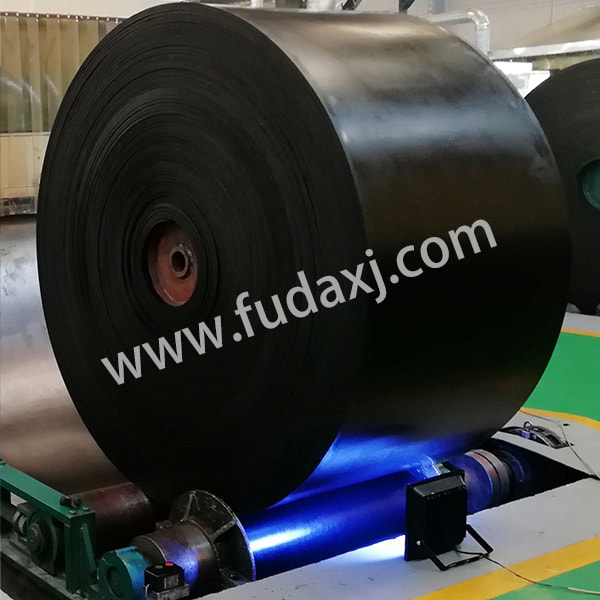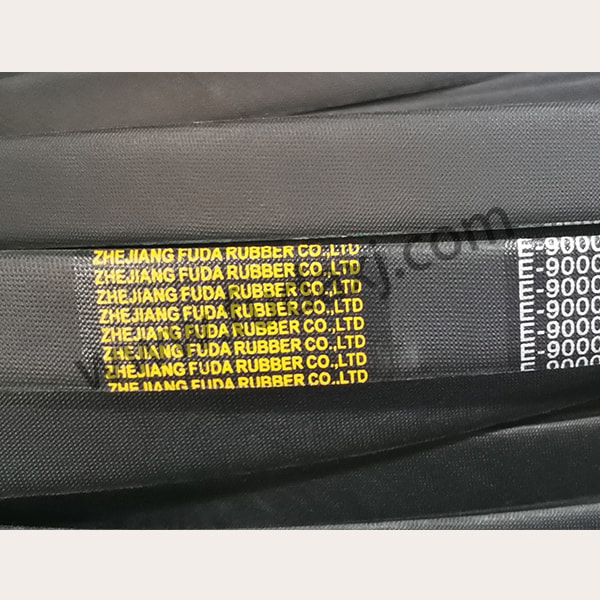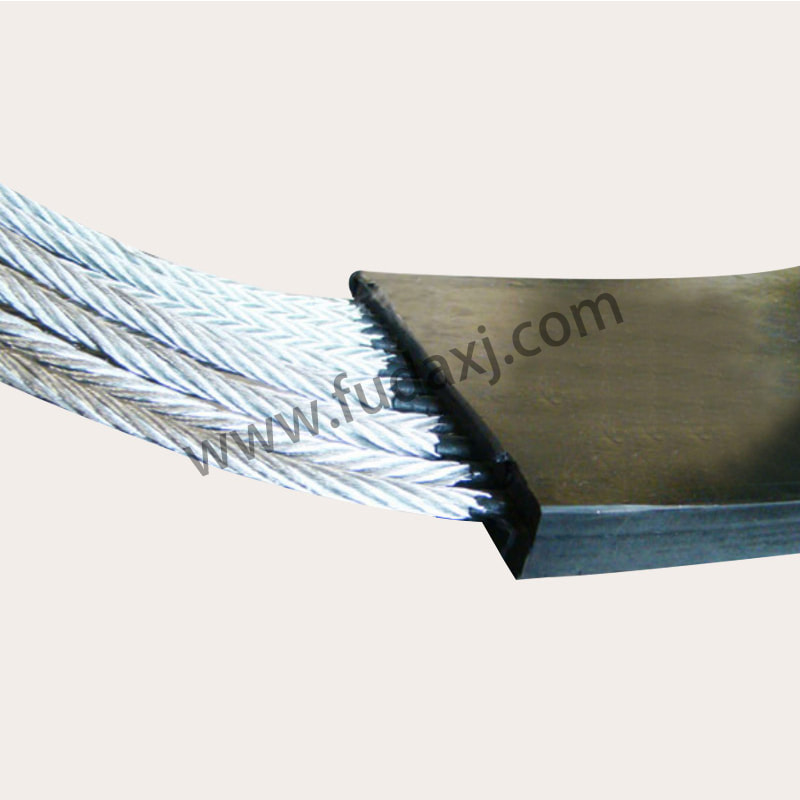
China Custom Supply Cement Conveyor Belt Company For Sale Price
In the bustling world of construction, the movement of materials is a critical aspect that can make or break a project's success. Cement, being a fundamental component in the creation of various structures, requires a reliable and efficient transportation method. Cement conveyor belts have emerged as a preferred solution for this purpose, offering a seamless and effective way to handle bulk materials.
Cement conveyor belts are integral to the construction industry for several reasons:
1. Efficiency: They allow for the continuous movement of cement, reducing downtime and increasing the overall productivity of a construction site.
2. Safety: By small manual handling, conveyor belts decrease the risk of accidents and injuries associated with heavy lifting.
3. Cost-Effectiveness: Over time, the reduced labor and equipment costs associated with conveyor belt systems can lead to significant savings.
4. Reliability: Modern conveyor belts are designed to withstand the rigors of the construction environment, ensuring consistent performance.
Design Considerations
The design of cement conveyor belts is tailored to meet the specific needs of the construction industry:
1. Material: Belts are made from durable materials that can withstand the abrasive nature of cement and resist wear and tear.
2. Strength: Reinforced with layers of fabric, steel cords, or other materials to support heavy loads.
3. Length and Width: Customizable to fit the layout of a construction site or a cement plant, ensuring good coverage and reach.
4. Incline and Decline: Designed to handle inclines and declines, allowing for vertical transportation of materials when necessary.
Cement conveyor belts operate through a series of mechanisms that ensure smooth and efficient movement of materials:
1. Drive System: A motor and pulley system that powers the movement of the belt.
2. Idlers: Rollers that support the belt at regular intervals, reducing sag and maintaining tension.
3. Tensioning Systems: Devices that maintain the necessary tension in the belt to prevent slippage and ensure proper tracking.
4. Cleaning Systems: Integrated brushes or scrapers that remove residual cement from the belt, preventing buildup and contamination.
The integration of cement conveyor belts into the construction process offers numerous benefits:
1. Improved Workflow: Conveyor belts streamline the movement of materials, allowing for better coordination among construction teams.
2. Enhanced Safety: By reducing the need for manual handling, conveyor belts lower the risk of work-related injuries.
3. Reduced Environmental Impact: Conveyor belts small dust and spillage, contributing to a cleaner construction site.
4. Increased Productivity: The continuous operation of conveyor belts allows for a steady supply of materials, reducing waiting times and boosting output.
Despite their many advantages, cement conveyor belts also present certain challenges:
1. Maintenance: Regular inspection and maintenance are required to ensure the longevity and performance of the system.
2. Cost: The initial investment in a conveyor belt system can be significant, though the long-term benefits often outweigh the upfront costs.
3. Space Requirements: The installation of conveyor belts may require adjustments to the layout of a construction site or plant.
To address these challenges, companies can invest in:
1. Preventive Maintenance Programs: Regular checks and part replacements can prevent major breakdowns and extend the life of the system.
2. Cost-Benefit Analysis: A thorough analysis can help in making informed decisions about the financial implications of implementing a conveyor belt system.
3. Space Planning: Careful planning and design can ensure that conveyor belts are integrated into the construction process without disrupting workflow.
As technology advances, so too does the functionality and efficiency of cement conveyor belts. Innovations such as:
1. Automated Monitoring Systems: Using sensors to monitor belt performance and predict maintenance needs.
2. Energy-Efficient Designs: Incorporating materials and mechanisms that reduce energy consumption.
3. Smart Materials: The use of self-healing or self-cleaning materials to reduce maintenance requirements.
 English
English 简体中文
简体中文 Español
Español عرب
عرب
 English
English





 Fax: 0086-576-83019528
Fax: 0086-576-83019528